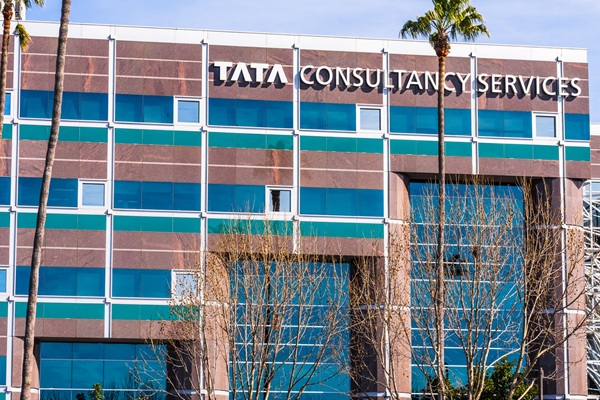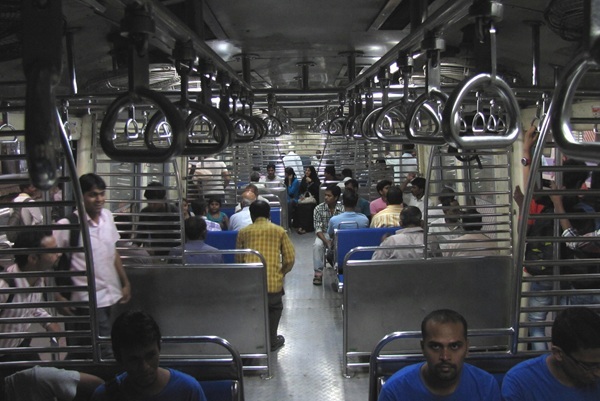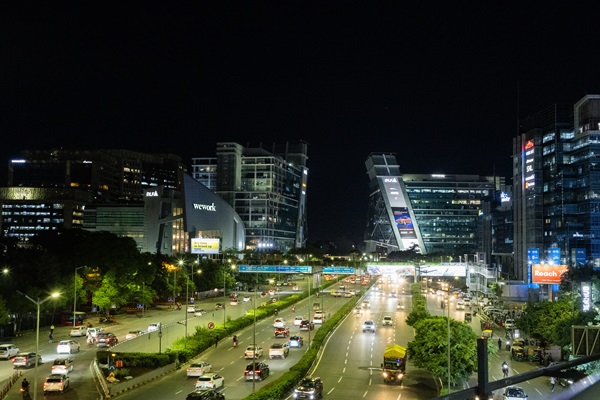.png)
Sarci-Sense: The National Pastime of Outrage
We no longer wait for cricket matches to unite the nation - outrage does the job faster. Outrage over food, films, faith, fashion, family, even emojis. Everyone is offended, all the time, and proudly so


By Srinath Sridharan
Dr. Srinath Sridharan is a Corporate Advisor & Independent Director on Corporate Boards. He is the author of ‘Family and Dhanda’.
September 21, 2025 at 5:19 AM IST
Ask what unites India today and it is no longer seems cricket, cinema, or even elections. It is outrage.
We may still argue over caste, creed, and cricket teams, but we are one nation under hashtags. One tweet, one video, one careless joke, and suddenly India erupts in the one game it plays better than any World Cup: competitive offence-taking. If there were Olympic medals for moral fury, we would sweep gold, silver, bronze, and then cancel the Olympics itself for cultural insensitivity.
We are kind and patient people, we like to feel. But patience has quietly gone out of fashion, replaced by its role model: perpetual indignation. Outrage is now cardio for the middle class: it makes the blood rush, it burns calories, it fills the emptiness of evenings. The beauty is that it requires no cost. All it takes is a phone and some free Wi-Fi, and suddenly you are a defender of civilisation.
Look at our new rituals. Almost once in a while on Fridays, we boycott a film. Because we did not like something or someone. Every Sunday, we cancel a celebrity. Every Tuesday, we declare that onions or some other material are too expensive and it is the government’s fault. On Wednesdays, we attack a standup comedian. By Saturday, we have forgotten what we were angry about, but don’t worry, a new scandal will arrive on schedule. Anger has replaced exercise as India’s true daily prayer.
Outrage now has a thousand outlets. On WhatsApp family groups, uncles thunder about “the collapse of civilisation” because of a jeans ad, while aunties rage at “kids these days” for not touching feet properly. In housing societies, more passion is spent over dog poop in the garden than over the municipality failing to collect garbage or members not acting civil.
And the subjects of outrage! Nothing is too small, too silly, or too sacred. Food is a battleground: veg vs non-veg, paneer vs veg, chicken vs mock meat, onion vs no onion. Fashion sparks fury: ripped jeans, bikini shoots, lehengas in the “wrong” colour. Faith, of course, is a never-ending arsenal, the perfect outrage supply chain. Even emojis are suspect now. Use the wrong skin tone, and someone will call it cultural appropriation. Use too many hearts, and it’s flirting. Use none, and it’s arrogance.
Generations practise their outrage differently. Boomers forward 17 angry videos a day, convinced they are saving the republic. Millennials pile on in performative Twitter storms, too exhausted to sustain it but too guilty not to join. Gen Z treat outrage like content. They meme it, remix it, and move on in twelve hours. The anger looks different, but it burns with the same futility.
Even geography has its flavour of fury. In Tier-2 towns, the sparks fly over DJs playing too loud at weddings or statues being moved from crossroads. In metros, those who have access, express their fury through opeds, panel discussions, and the endless circulation of “open letters.” But both are the same: noise without consequence.
What makes this outrage uniquely Indian is its speed and its selectivity. We are furious in 5G but forgiving in 2G. We erupt at films and jokes, but barely blink at potholes, pollution, or collapsed bridges. We can cancel a stand-up comic in two hours, but will wait twenty years for a court case. Our anger is immediate, but never where it matters.
And of course, outrage is not free. It is currency. Politicians trade it. Bureaucrats know to ignore it. Media channels mine it. Influencers thrive on it. Outrage is India’s newest GDP booster. A scandal feeds TRPs, an insult boosts followers, a boycott fattens ad revenue. The angrier you are, the more valuable you become. Everyone is a shareholder in the rage economy.
The irony is delicious. We outrage in English on Twitter, then complain about Western influence. We rage about vulgarity in films, then stream the same films in private. We cancel actors for “hurting sentiments,” then line up for selfies when they visit the mall. Our outrage is not about morals. It is about performance.
And here’s the joke: behind all this fury lies boredom. Outrage gives us the thrill of relevance. Outrage has democratised passion: everybody gets to feel important, even if only for 24 hours.
What makes it deliciously Indian is the contrast. We can summon national rage over the wrong colour in a bridal lehenga, yet shrug at sewage flooding our lanes. We can boycott a film because of a costume, but accept without protest that electricity cuts last for hours. Outrage has become the opium of the people — cheaper, louder, and far less effective than action.
The irony? We forgive potholes, inflation, and corrupt more easily than it forgives a late-night meme or careless tweet. Outrage is forgiven less easily, curated more meticulously, and performed more proudly.
The only thing we cannot forgive is boredom. Outrage, thankfully, never bores.



